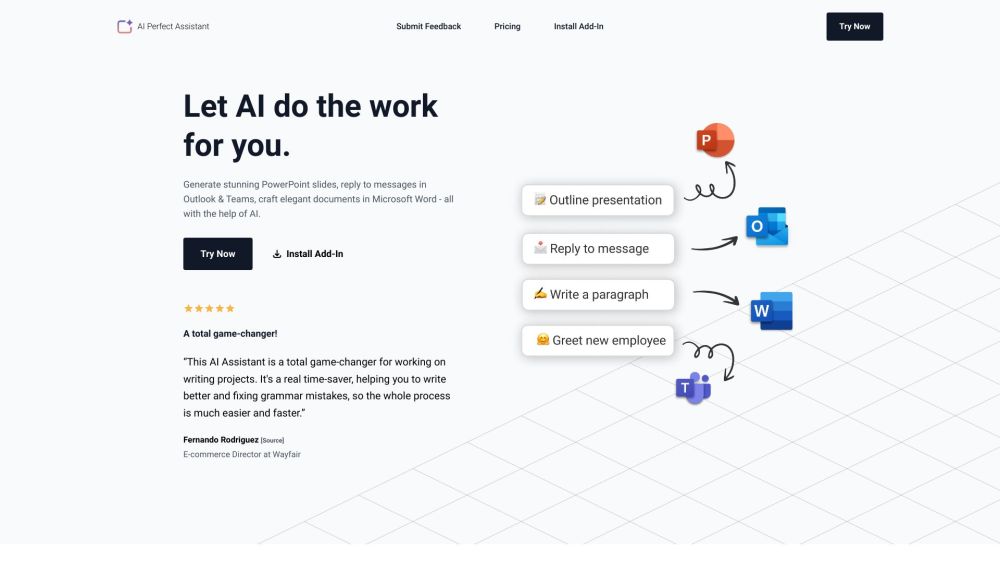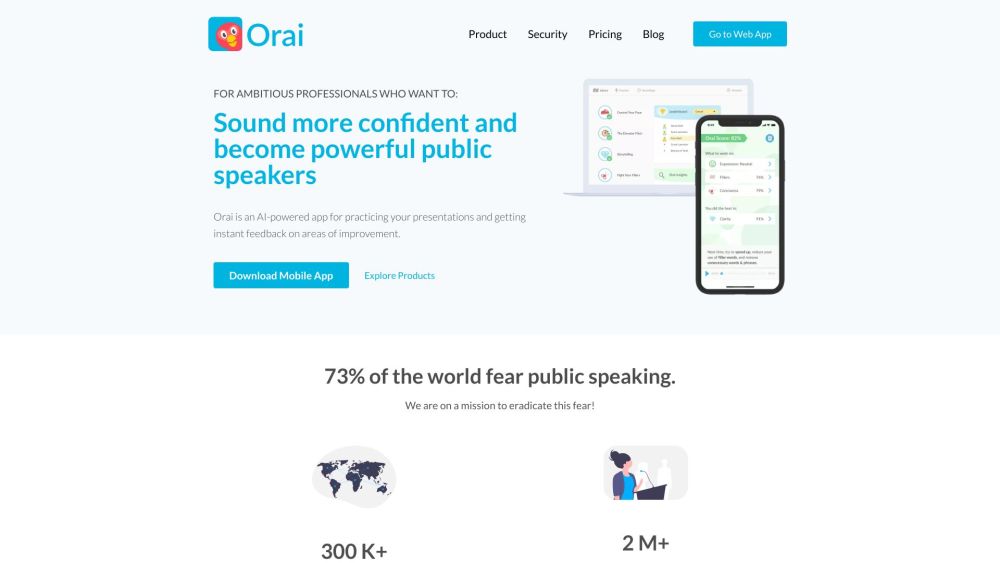Apple at the Forefront of the AI Revolution
Apple, renowned for its technological innovation, is once again leading the charge in artificial intelligence.
Recently, the Cupertino-based company introduced significant advancements in AI research through two groundbreaking papers, showcasing new techniques for creating 3D avatars and optimizing language model inference. These developments promise to deliver immersive visual experiences and enable sophisticated AI systems to operate seamlessly on consumer devices like the iPhone and iPad.
Immersive 3D Avatars with HUGS
The first research paper presents HUGS (Human Gaussian Splats), a method for generating animated 3D avatars from short monocular videos (videos captured with a single camera). Lead author Muhammed Kocabas explains, “Our method processes a video with just 50-100 frames, automatically separating the static background from an animatable human avatar in under 30 minutes.”
HUGS utilizes an efficient rendering technique called 3D Gaussian splatting to represent both the human model and the background scene. The model is initially based on the SMPL statistical body shape, but HUGS allows for adjustments, capturing intricate details like clothing and hair. A novel neural deformation module ensures realistic animations through linear blend skinning, producing smooth movements without artifacts. Kocabas adds that HUGS facilitates novel-pose synthesis and new perspective generation for both human avatars and their environments.
Compared to earlier methods, HUGS achieves training and rendering speeds up to 100 times faster. After just 30 minutes of optimization on a standard gaming GPU, the results are photorealistic, outperforming state-of-the-art techniques like Vid2Avatar and NeuMan in 3D reconstruction quality.
This innovative technology allows users to place digital avatars into new scenes using a single video, updating images 60 times per second for a fluid and realistic experience. Imagine creating dynamic 3D scenes directly from your iPhone!
Enhancing AI Inference Efficiency
In the second paper, Apple researchers address a critical challenge in deploying large language models (LLMs) on devices with limited memory. Advanced language models like GPT-4 have hundreds of billions of parameters, making them expensive to run on consumer hardware.
The proposed system minimizes data transfer from flash storage to scarce DRAM during inference. Lead author Keivan Alizadeh explains, “We constructed an inference cost model that aligns with flash memory behavior, enabling us to optimize data transfer and read in larger chunks.”
The research introduces two main techniques: “Windowing,” which reuses recent activations, and “row-column bundling,” which processes larger data blocks by organizing rows and columns together. On an Apple M1 Max CPU, these methods enhance inference latency by 4-5 times, while GPU performance improves by 20-25 times.
Co-author Mehrdad Farajtabar states, “This breakthrough is essential for deploying advanced LLMs in resource-constrained environments, enhancing their accessibility.” These optimizations could enable complex AI assistants and chatbots to operate smoothly on iPhones, iPads, and other mobile devices.
Apple's Strategic Vision
These innovations highlight Apple's commitment to AI research and applications. However, experts urge caution, emphasizing the need for responsible integration of technologies into consumer products, particularly concerning privacy and potential misuse.
As Apple continues to incorporate these advancements, it is not just enhancing its devices but also anticipating future demands for AI-driven services. Optimizing complex AI models for devices with limited memory may pave the way for a new wave of applications previously deemed unfeasible.
By publishing this research, Apple also contributes to the broader AI community, encouraging further development in the field. This initiative reflects Apple’s confidence as a technology leader and its dedication to pushing the boundaries of innovation.
If approached thoughtfully, Apple’s latest advancements could redefine the landscape of artificial intelligence. Photorealistic digital avatars and powerful AI assistants on portable devices, once considered far-fetched, are now on the horizon thanks to Apple’s pioneering work.




